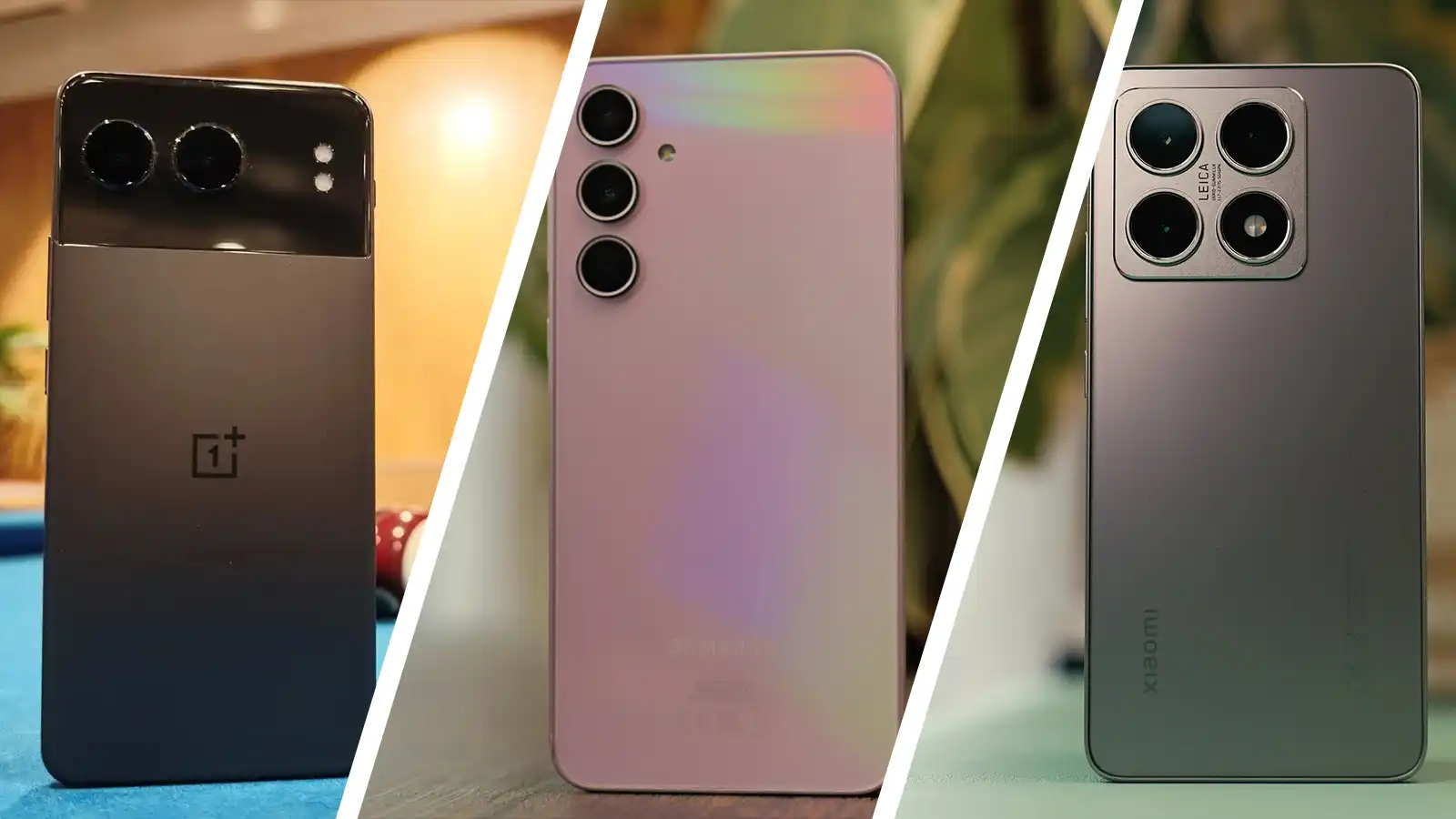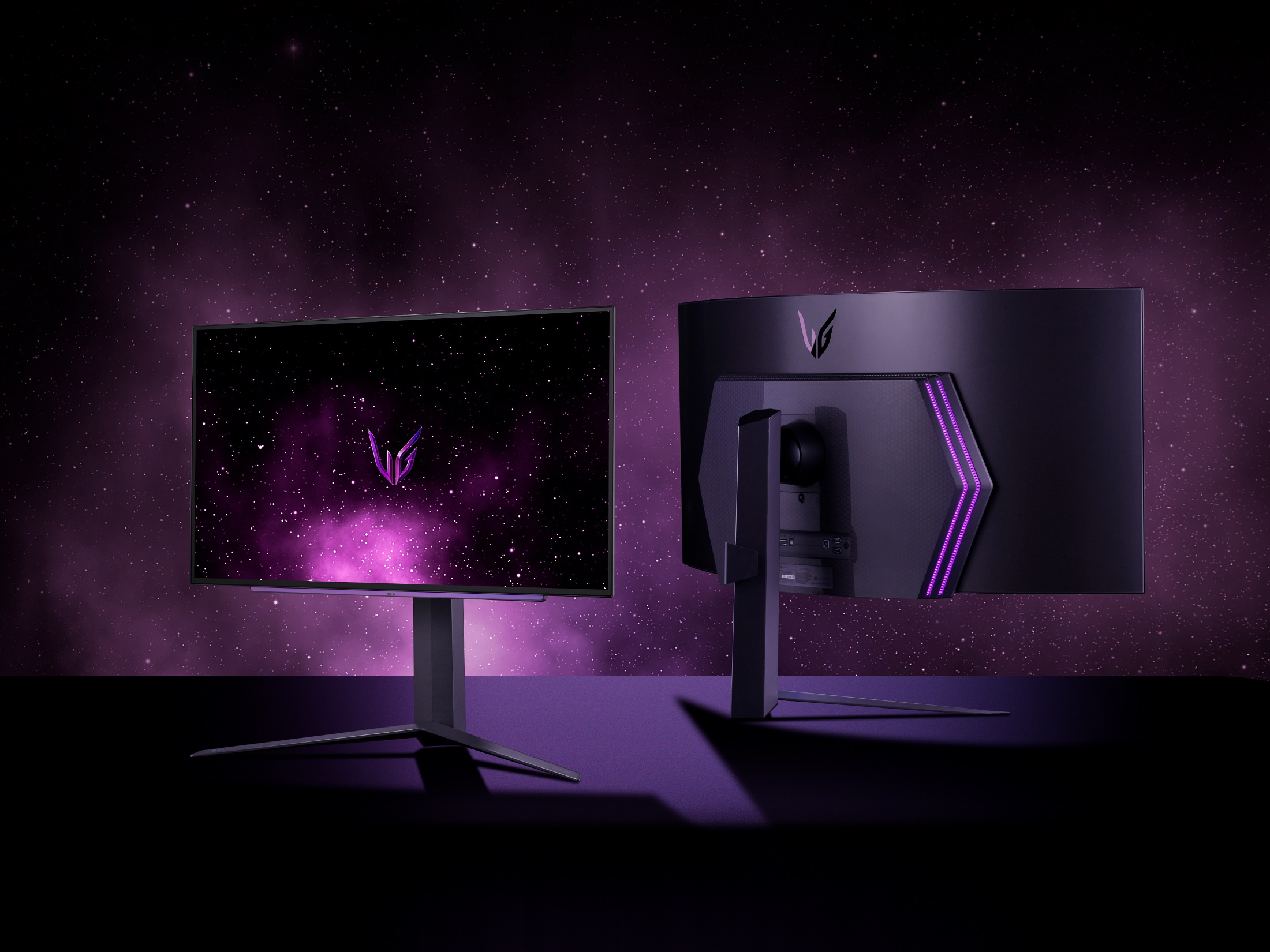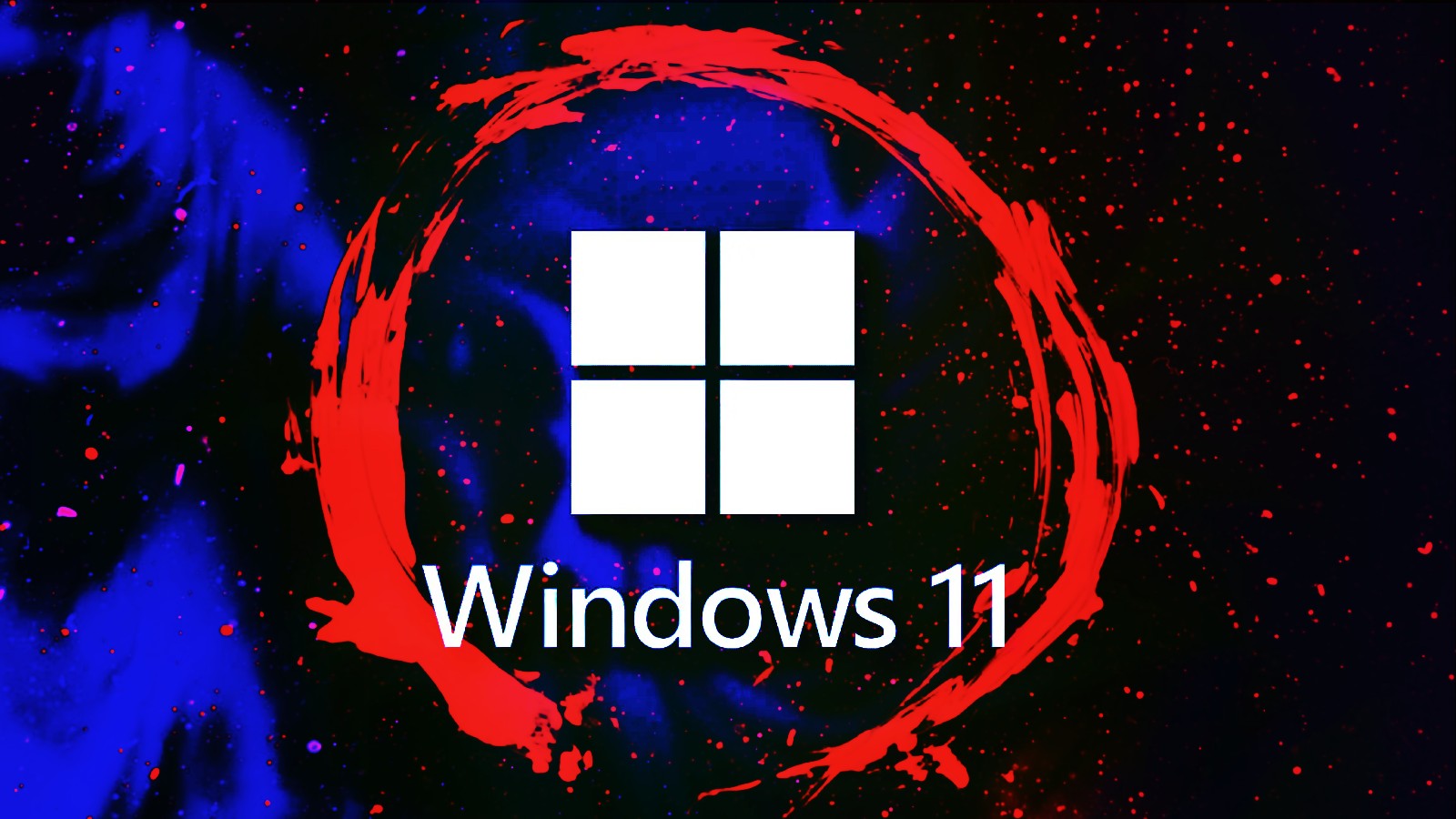In our modern, tech-infused world, a phone is one of the most important things you can buy. But of the hundreds of handsets out there, which is right for you?
Perhaps you’ve looked at the very best phones you can buy, but those high prices have put you off. So you’ve been checking out budget phones instead, only to be disappointed by some missing features.
If that sounds like you, you’ve come to the right place. For many people, a mid-range phone strikes the perfect balance between price and performance. ‘Mid-range’ can mean different things, but we define it here as costing between around £300/$300 and £700/$700 when bought outright.
PROMOTION
Surfshark | Keep your data private with a VPN
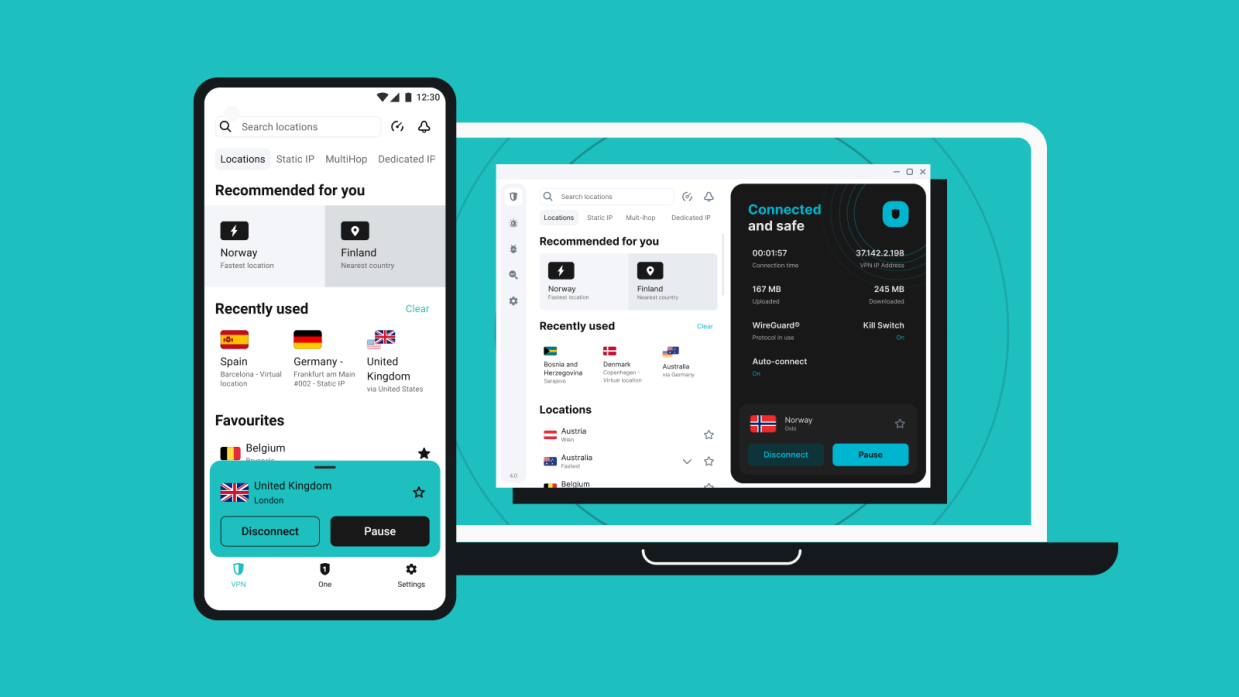
Don’t leave your phone unprotected — it handles your most important tasks! Get a VPN to encrypt your personal info and safeguard it from hackers and cyber threats. Whether you’re using public Wi-Fi, online banking, or shopping, ensure your privacy is secured with Surfshark VPN
The only mid-range iPhone that Apple sells is the iPhone SE (2022), but that’s not good enough for inclusion here. It means the list below is exclusively Android phones, though there’s still plenty of choice. Below, you’ll find devices from OnePlus, Google, Samsung, Xiaomi, Nothing, Motorola and Poco.
Honourable mentions go to the Nubia Flip 5G, the only mid-range folding phone, and the Fairphone 5, which has impressive sustainability and repairability credentials..
All 10 phones are available in the UK, but not all of them are sold in the US – we’ll indicate where that’s the case. And at the bottom of the page, you’ll find detailed buying advice for mid-range phones.
Why you should trust us: Phone reviews and buying advice have been a staple of Tech Advisor’s coverage since the original iPhone was released in 2007 and Android made its first headlines in 2008.
We’ve guided you through 2G, 3G, 4G and 5G; we’ve reported on the rise and fall of Windows Phone, BlackBerry phones and LG phones. We’ve seen companies push the boundaries of what is possible on such a small device, continuing to make leaps forwards in terms of both hardware and software.
But at the same time, we’ve seen those premium features steadily trickle down to more affordable handsets, meaning mid-range phones are now better than they’ve ever been.
We perform in-depth, real-world testing on every new mid-range phone that’s worth buying (dozens every single year), adopting it as our primary phone for the most authentic experience possible and making sure we are in a position to give you the best possible phone buying advice.
1. OnePlus Nord 4 – Best overall
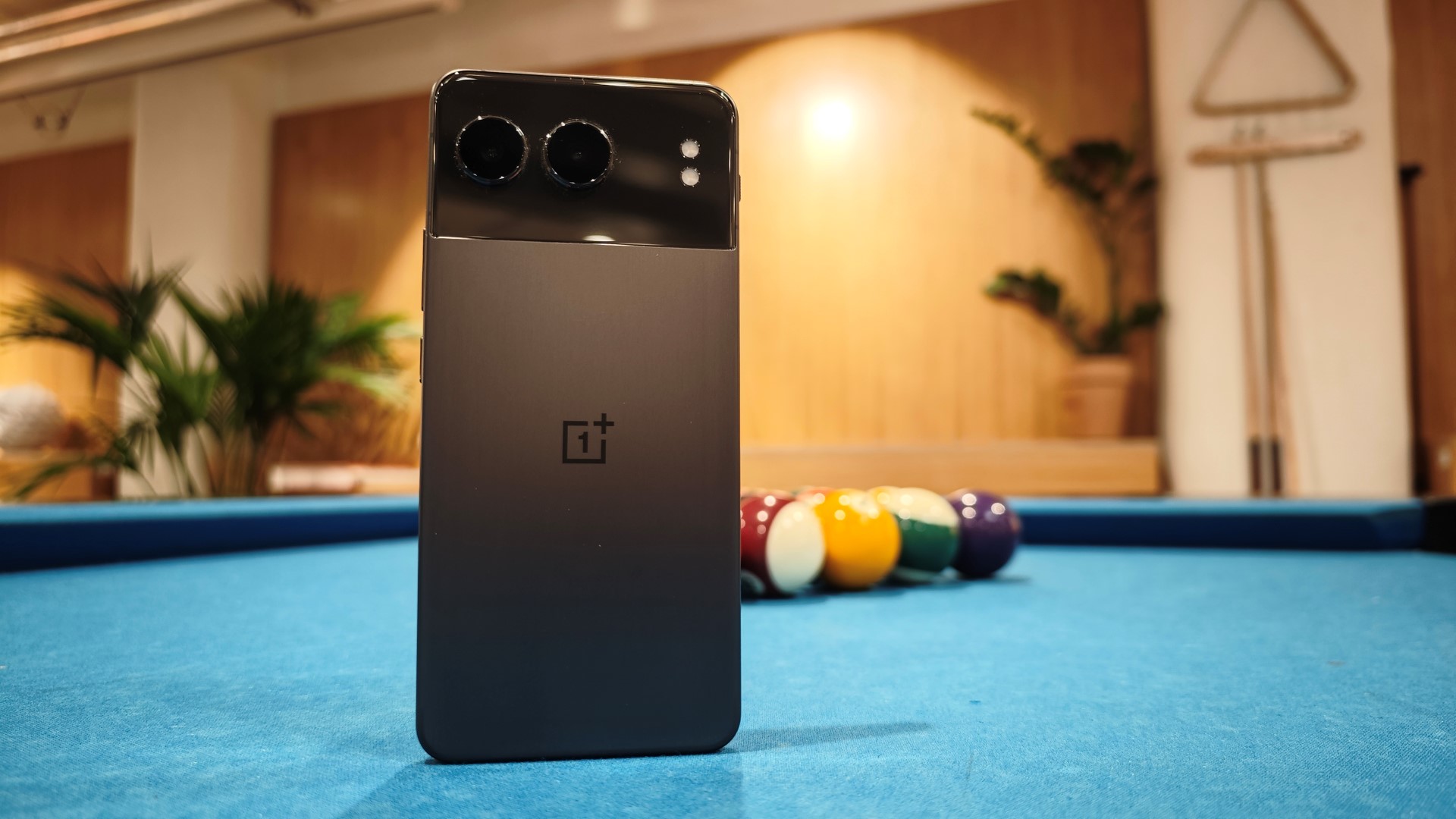
Pros
- Premium build
- Great display
- Strong main camera
- Solid battery life
- Six years of software support
Cons
- Polarising design
- Disappointing ultrawide camera
- No telephoto camera
The OnePlus Nord 4 is a superb phone which offers everything most people are looking for in a mid-range phone.
That includes superb build quality, with the metal unibody design ensuring top-class durability, even if the reflective plastic window around the cameras will divide opinion.
The Snapdragon chip under the hood isn’t quite Qualcomm’s flagship, but performance is still very strong, while the excellent display could pass for a device twice the price.
Solid battery life is supported by 100W fast charging (albeit without the charger in the box), while the six-year update commitment is the best on a non-Samsung or Google phone.
The downsides are concentrated around the cameras, with OnePlus opting for a disappointing ultrawide lens instead of any telephoto. But the main and selfie sensors are good enough that you can mostly ignore that.
And considering everything else you’re getting, the Nord 4 is superb value for money.
2. Xiaomi 14T – A close second
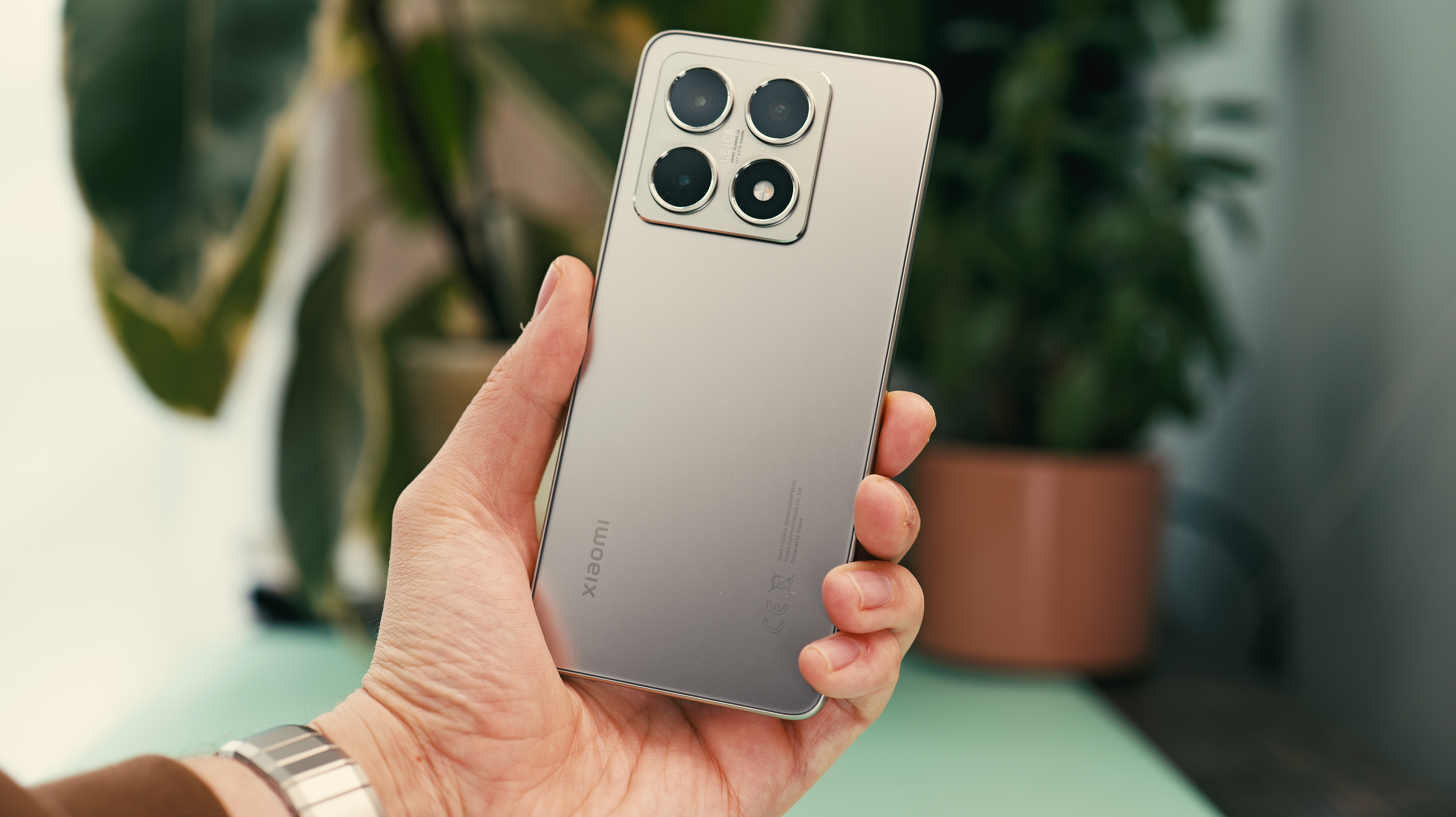
Pros
- Slick design
- Great cameras
- Solid performance
- Fast charging
- Useful Google Circle to Search feature
Cons
- Hit-and-miss AI features
- No wireless charging
- Plastic frame
- Not available in the US
If you want a mid-range phone that could easily pass as a flagship, the Xiaomi 14T is for you. It looks and performs a lot like the regular Xiaomi 14, yet starts at just £549 in the UK.
And there’s a lot to slick here, including a premium design complete with a stunning large OLED display. The cameras are surprisingly great, despite being a clear step down from Xiaomi’s class-leading 14 Ultra.
Solid battery life is supported by impressive 67W fast charging, even if the necessary charger isn’t in the box and there’s no wireless charging.
This is a phone with almost no hardware weaknesses, though the software is still underwhelming at times. Google’s Circle to Search feature is genuinely useful, though Xiaomi’s own AI attempts aren’t always successful.
Xiaomi’s commitment to four major OS updates and five years of security patches is solid, though. And as an all-rounder, you’ll struggle to find anything better at this price point. You could step up to the 14T Pro, but the extra £150 (it starts at £699) simply isn’t worth it for most people.
3. Samsung Galaxy A35 5G – A safe bet

Pros
- Long software support
- Good main and selfie cameras
- High quality display
- Great battery life
Cons
- Plasticky construction
- Sluggish at times
If you’re worried about buying an older phone and want the reassurance of long software support, go for the Galaxy A35 5G instead.
Samsung’s 2024 mid-ranger offers a lot for your money, including a class-leading promise of four major OS updates and five years of security updates to its slick One UI software, even if you don’t currently get Galaxy AI features.
Elsewhere, the Galaxy A35 offers strong main and selfie cameras for the price (albeit not quite as good as the Pixel 7a), plus an excellent 120Hz display and very good battery life. If you can look beyond the plastic build and performance that won’t blow you away, it’s easy to recommend.
Samsung also has a more premium option in the Galaxy A55 5G, but it’s not worth the upgrade for most people, and isn’t available in the US.
4. Google Pixel 7a – Best value
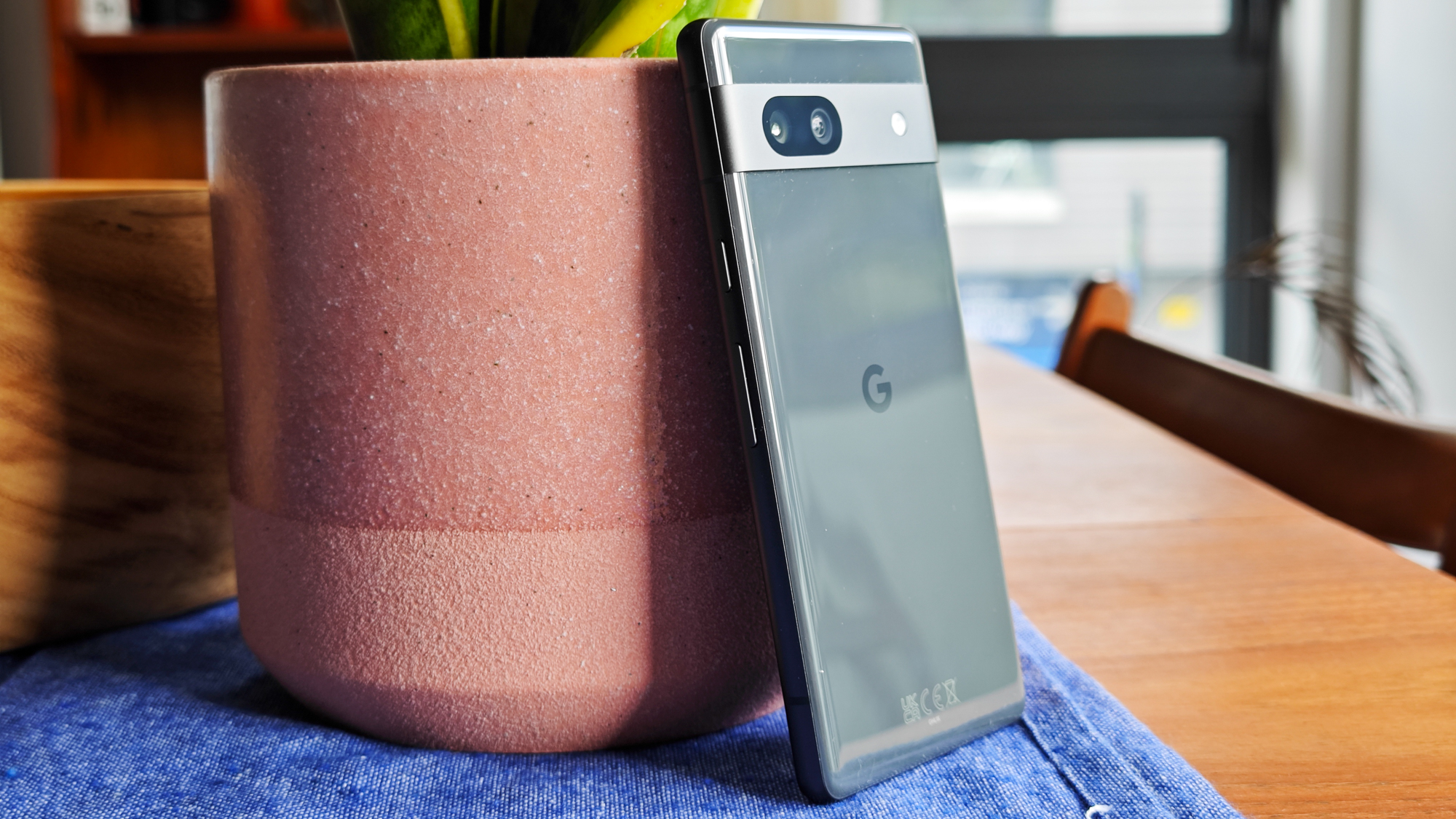
Pros
- Phenomenal camera for the price
- Excellent Google software
- Strong performance
- Water-resistant
Cons
- Slow charging
- Unreliable wireless charging
- Only 90Hz display
The Pixel 7a is no longer Google’s latest mid-range phone, but it’s still the best for most people. The Pixel 8a introduces a few upgrades, most notably seven years of updates, but a price rise in the UK means it’s no longer the excellent value it once was.
By comparison, the Pixel 7a is regularly discounted well below its £449/$499 RRP, yet it still offers everything most people are looking for. That includes solid Tensor G2 performance and slick Android software, all within a durable and water-resistant design.
Its outstanding main camera is the same as on the Pixel 8a, plus you get decent battery life and wireless charging.
A 90Hz refresh rate isn’t the best around, but the attractive display still can’t be considered a weakness. Overall, the Pixel 7a offers incredible value for money, meaning it’s still a go-to mid-range phone for most people.
5. Xiaomi Redmi Note 13 Pro – Best display
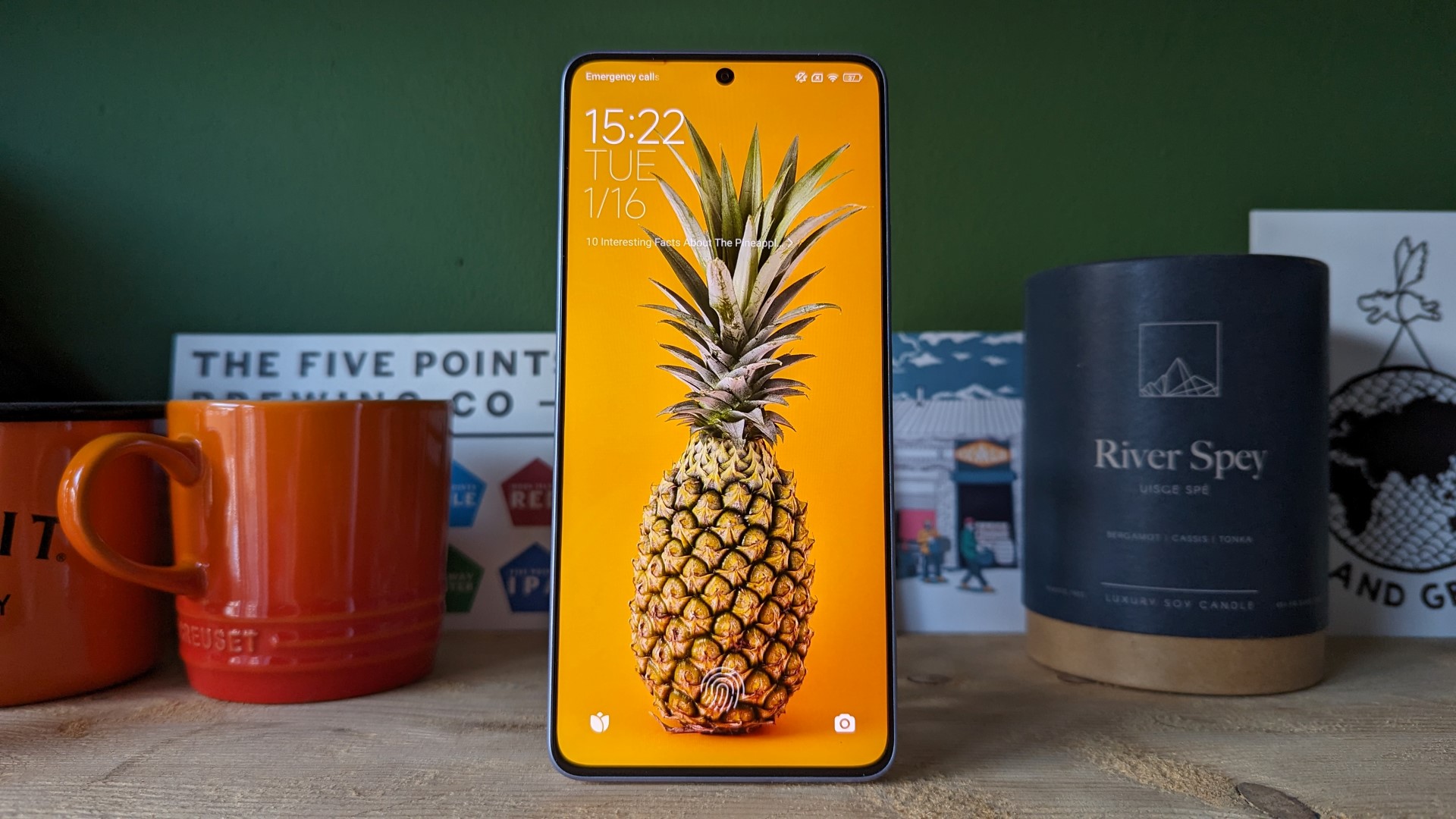
Pros
- Smooth performance
- Bright 120Hz AMOLED screen
- Fast charging
- Generous storage
Cons
- Frustrating software experience
- Limited software support
- Some camera issues
There are two mid-range phones in the Redmi Note 13 range, but we think you’re better off with the cheaper one.
As good as the Note 13 Pro+ is, it’s also £110 more expensive at launch than the Note 13 Pro. For a slightly more powerful chipset, IP68 water and dust resistance (as opposed to IP54) and faster 120W charging (rather than 67W), we don’t think it’s worth it.
For just £339, the Note 13 Pro still delivers a premium experience, including the excellent 120Hz OLED screen. Performance and charging are still key strengths, as is the high-end design and strong battery life.
The only real issues are on the software side, where Xiaomi’s MIUI skin still leaves a lot to be desired and the company only officially commits to two years of updates.
If you can put up with that, though, the Redmi Note 13 Pro is a superb phone for the money,
6. Nothing Phone (2a) Plus – Most unique

Pros
- Distinctive metallic design
- Powerful, gaming-capable chipset
- Impressive selfie camera
- Good value for money
Cons
- Design not for everyone
- No wireless charging
- Rear cameras could be better
Nothing has been turning heads ever since it began life in 2020, but 2024 was the year the company shifted its attention to more affordable handsets.
That’s included two versions of the Phone (2a), with this Plus model building on the strong foundations of the regular version. The most eye-catching upgrades are a new chipset, which boosts the already-strong performance, and a much better selfie camera.
It means the device retains that distinctive, semi-transparent rear design, complete with a trio of customisable ‘Glyph’ lights. The 120Hz OLED display is excellent, while Nothing’s take on Android stands out for its extensive customisation options.
With solid battery life and a price tag that still makes it relatively affordable, the Phone (2a) Plus is a very good mid-range phone.
7. OnePlus 12R – Best battery life
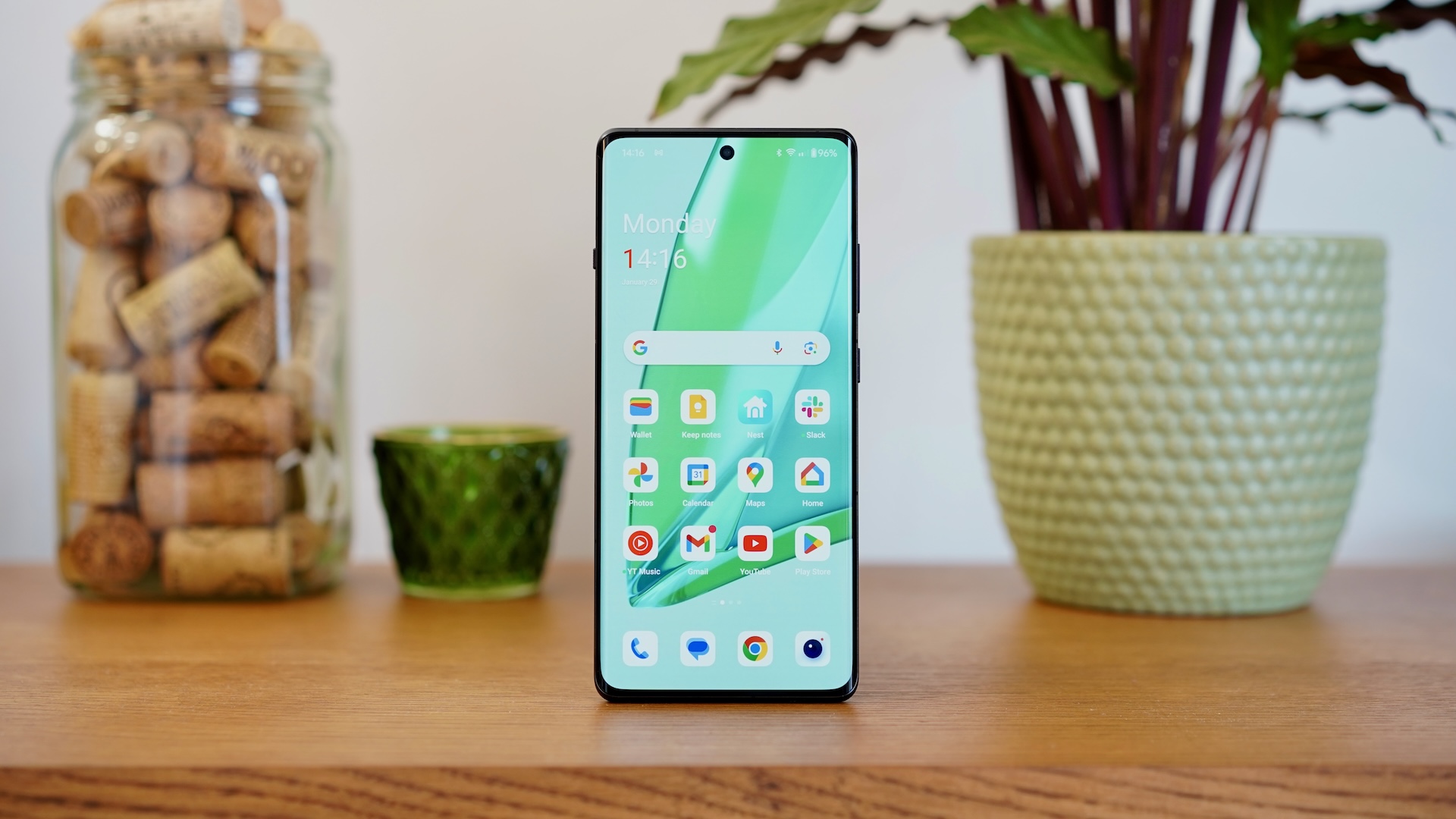
Pros
- Outstanding display
- True two-day battery life
- Strong sustained performance
- 100W fast charging
Cons
- No wireless charging
- Still not completely waterproof
- Mediocre secondary cameras
The OnePlus 12R isn’t the best mid-range phone at any one thing, but it performs well in nearly all key areas.
That includes a large, gorgeous 120Hz OLED display, strong performance from the older flagship Snapdragon 8 Gen 2 chipset and a 5500mAh battery that can stretch to two full days. Alongside 100W fast charging and slick software, it’s almost the full package.
However, cameras are an obvious weakness, with a decent main rear sensor supported by some underwhelming secondary lenses. It’s also missing some of the features you might be hoping for at this upper mid-range price, including wireless charging and a flagship-level IP68 water resistance rating.
But if you can live without these, you won’t be disappointed with the OnePlus 12R. However, it’s also worth considering the cheaper OnePlus Nord 3 and OnePlus Nord CE 3 Lite.
8. Google Pixel 8 – Best camera

Pros
- Outstanding main camera
- Impressive performance
- Excellent Android 14 software
- Still six years of updates
Cons
- Underwhelming battery life
- Slow charging
- No telephoto camera
The Pixel 8 is another example of Google’s 2023 phone being better than its successor for mid-range buyers.
Here, it’s because the Pixel 9 starts at £799/$799, making it too expensive to be considered here. The good news is that this older model is likely to be regularly discounted, and it remains a strong choice in 2024.
The main camera lens remains the highlight, delivering stunning stills in a variety of environments – including at night. The ultrawide and selfie lenses aren’t bad either, though you miss out on the telephoto from the Pixel 8 Pro.
Performance from Google’s Tensor G3 chip is only slightly inferior to Qualcomm’s latest and greatest, and it enables a range of clever software features – including Best Take. The rest of the Android 14 software isn’t bad either, especially with Google promising six more years of updates.
Battery life is the main weakness, and it becomes even more frustrating when combined with slow 27W charging and no charger in the box.
But the combination of premium design and 6.2-inch, 120Hz OLED display means the Pixel 8 is definitely worth considering. But if your budget does stretch a little further, the Pixel 9 is definitely worth a look.
9. Motorola Edge 50 Pro – Great all-rounder
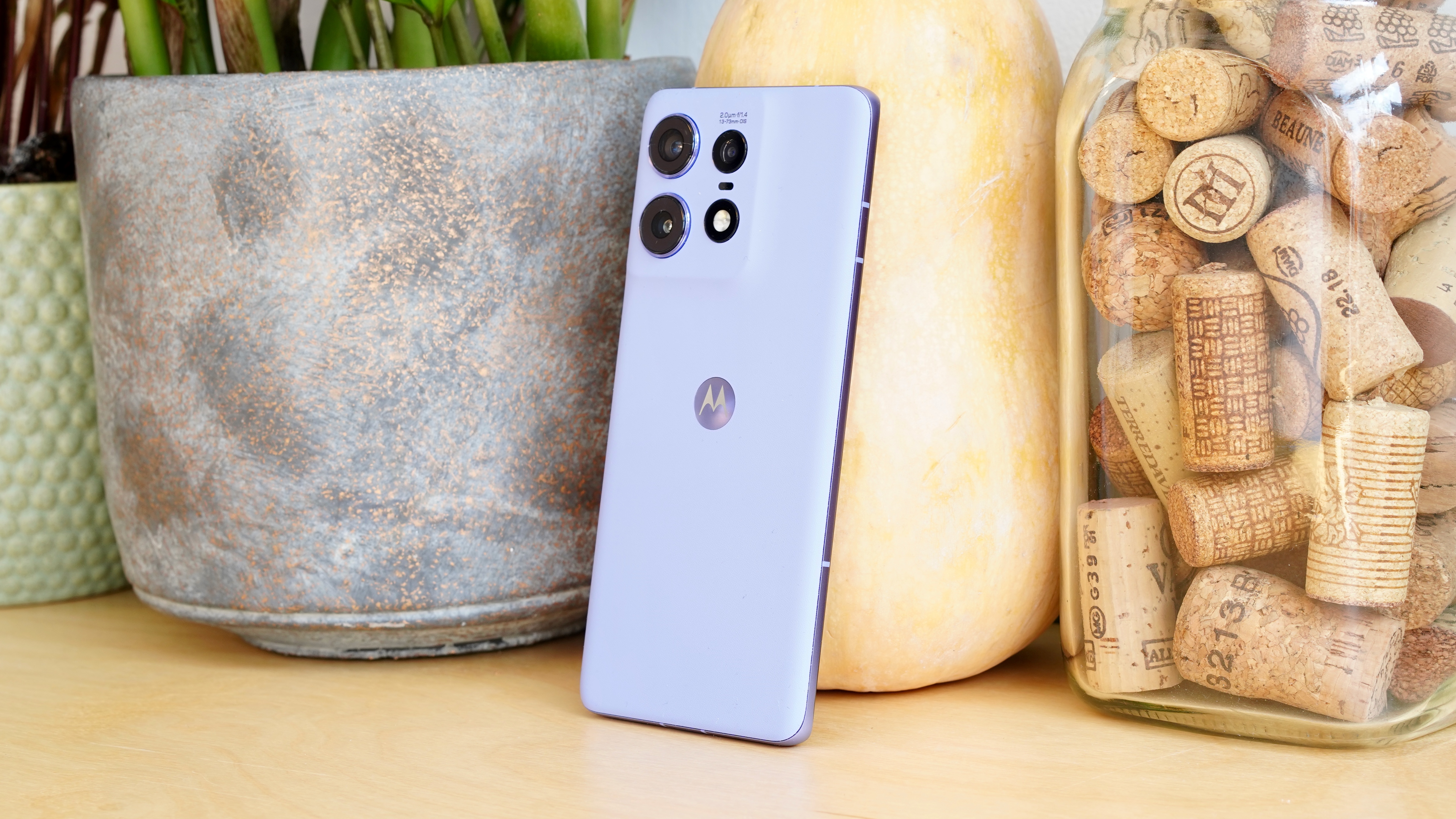
Pros
- Excellent display
- Sleek, tactile design
- Super-fast wired and wireless charging
- User-friendly software
Cons
- Prone to false inputs
- Middling secondary cameras
- No US availability yet
The middle phone in Motorola’s Edge 50 range, the Pro model has a long list of features that make it one of the best phones under £600 (not yet available in the US).
That includes a gorgeous 144Hz OLED display, 4500mAh battery with 125W wired and 50W wireless charging and slick Android 14 software (3 OS updates, 4 security), all within a premium, comfortable design.
Performance is solid, while the 50Mp main rear lens and 50Mp selfie camera take very good photos. Unfortunately, the same can’t always be said for the 13Mp ultrawide and 10Mp 3x telephoto cameras, which are frustratingly hit and miss.
Alongside a curved screen that’s prone to accidental presses and a price tag that’s higher than many options in this round-up, there are enough reasons to hesitate before buying one. But if you’re ready to commit to buying it, you’re unlikely to be disappointed.
If you’re looking for something more affordable, it’s also worth considering the Edge 50 Fusion.
10. Poco X6 Pro – Best performance
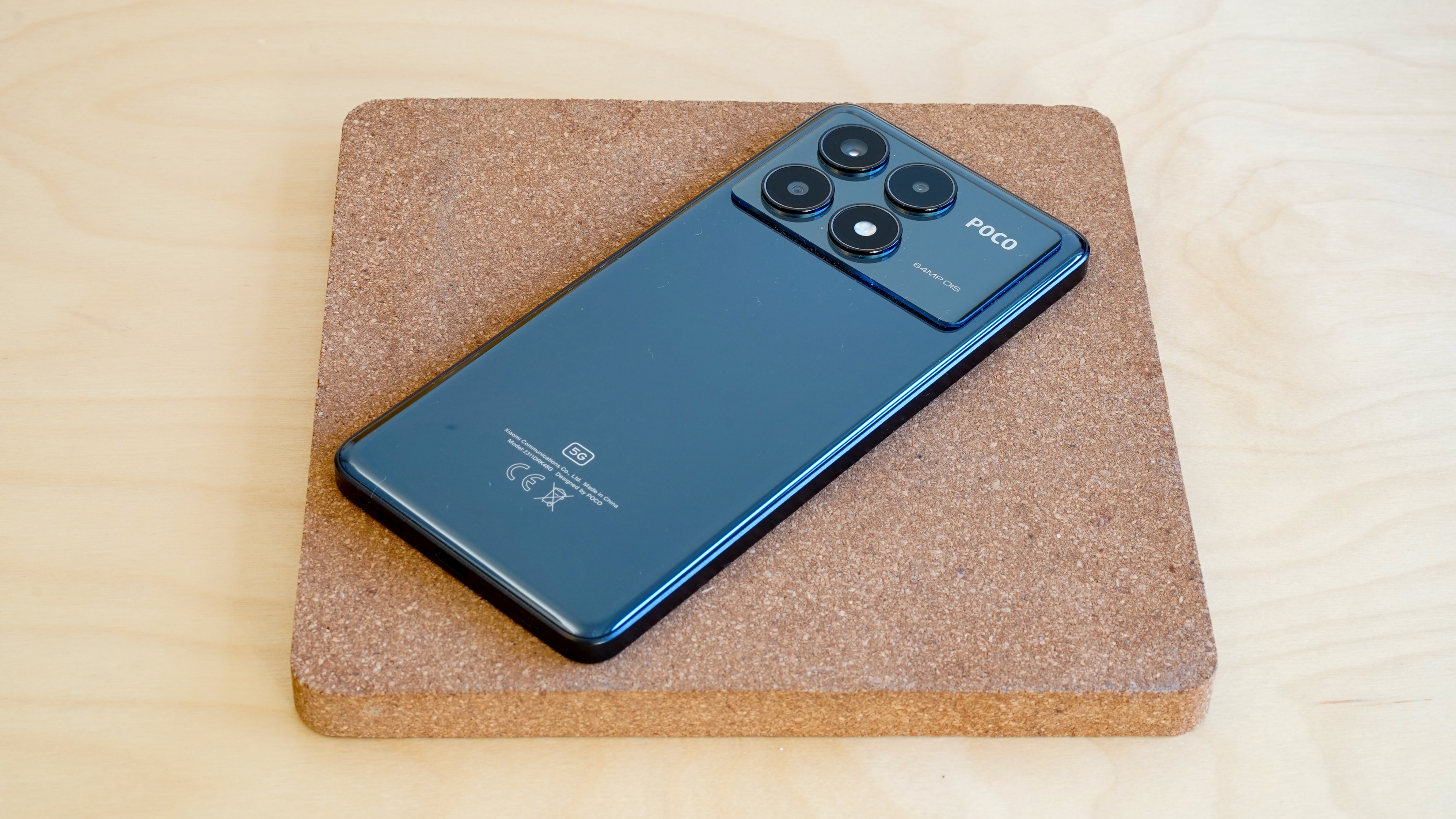
Pros
- Outstanding performance for the money
- Advanced display
- Subtle design improvements
- Fast charging with adapter included
Cons
- Not the best cameras
- New HyperOS UI much like MIUI
- Bland looks on some models
- Not available
The Poco X6 Pro is the second Xiaomi phone in this round-up, though its Poco sub-brand is focused on speed.
And that’s very apparent here, with the X6 Pro offering some truly excellent performance. Its MediaTek Dimensity 8300 Ultra chipset is rapid for pretty much all tasks – including gaming.
It’s supplemented by a very good 120Hz OLED display a core part of a very premium albeit plain design. Strong battery life pretty much guarantees a full day of usage, while the necessary 67W fast charger is included in the box.
Cameras are the obvious weakness, and Xiaomi’s MIUI replacement (known as HyperOS) still needs work, but it’s still a stellar cheap phone for day-to-day usage.
Alternatively, you can save money by opting for the regular Poco X6 5G or step up to the Poco F6 or F6 Pro, but the X6 Pro is still the sweet spot for most people.
Mid-range phones buying advice
What is a mid-range phone?
There’s no technical definition, but as mentioned above, we define mid-range phones based on price: anything that costs more than £250/$250 but less than £700/$700 if you buy it SIM-free.
Anything cheaper than that is really a budget phone, and anything more expensive is a flagship.
Some mid-range phones will take the all-round good-value approach, with capable specs in each area; others will focus on a key trait, such as the camera or display, and promise flagship-rivalling capabilities in that one aspect; others still used to be those flagships, so will offer fantastic specs at a brilliant price, but may be running on slightly older hardware.
What specs do I need?
Every mid-range phone offers a compromise, trying to deliver the best of a flagship without costing quite so much. Still, there are some specs you don’t want to skimp on. Look for at least 6GB of RAM and a Snapdragon 7 or 8 chipset for smooth performance (or another brand equivalent), along with at least 128GB storage.
After that, it’s about deciding on your priorities. Are you looking for long battery life, fast charging, an OLED display, or a powerful camera? Few mid-range phones offer all of them, so pick which matters most to you.
One common element is that you’ll likely have to give up on nice-to-haves like wireless charging or a waterproof rating – these still tend to be reserved for the most expensive phones on the market, though a few mid-range devices do offer one or the other.
Try to remember that it’s not always about specs either. We’ve hit something of a ceiling when it comes to smartphone tech anyway, so although these phones may not be as fast as your average flagship, they are almost certainly fast enough for most users. Go for a phone that balances value, performance, features and design in a way that appeals to you and your needs.
Is there a mid-range iPhone?
There is one mid-range iPhone on the market – the 2022 iPhone SE – but we don’t think it offers great value compared to Android rivals. Consider it if you know you need an iPhone, but otherwise steer clear.
Instead, you’re probably better off looking at an older flagship iPhone, especially with discounts common at third-party retailers. Since Apple’s software support runs for so long, even an old iPhone should still run well for a few years, but bear in mind that you’ll likely miss out on some of the more modern features found in modern Android mid-rangers.
Why isn’t every mid-range phone on sale in the US?
If you’re in the US or Canada, you may find that not every phone in our round-up is available for you to buy. Unfortunately that’s because many of the biggest Chinese phone manufacturers simply don’t sell their products in the US.
Chinese phones are a great choice in the mid-range market because they often balance very good specifications with a lower price than you’d expect. The likes of Xiaomi, Realme, and Poco often offer staggering value, but for anyone in the US they’ll be import-only.

